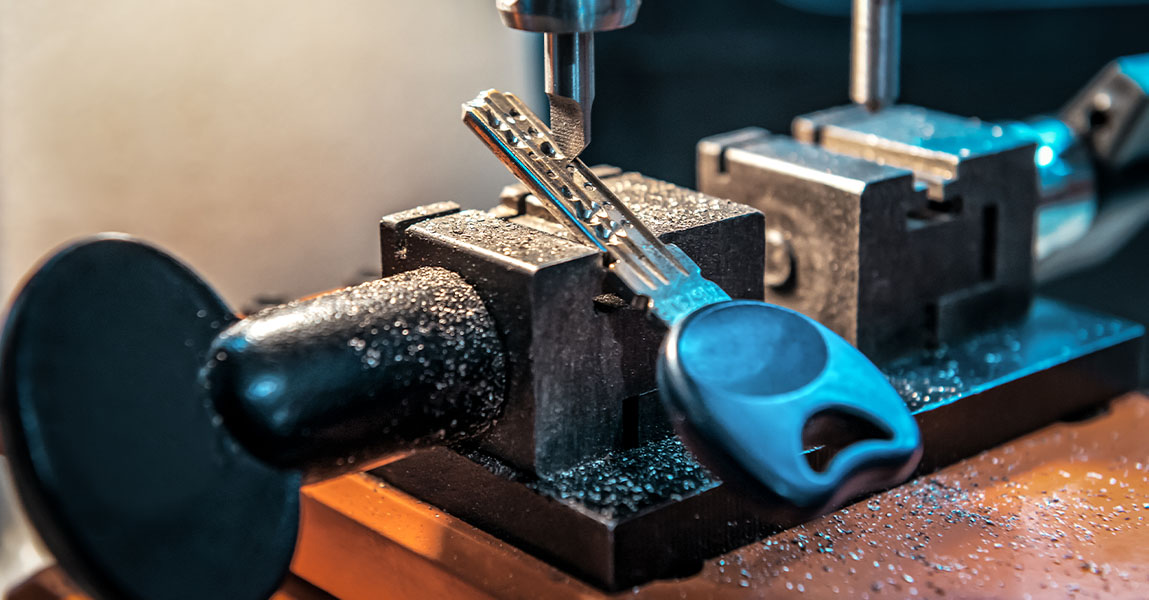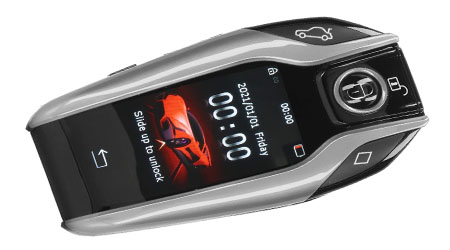Keys may look simple, but they do a lot of work every time we start a car. Over years of daily use, a key blade grinds against the inner parts of the ignition. When the cuts on a key wear down, the ignition cylinder can suffer damage. This problem is more common than most drivers expect, and it can leave us stranded when the ignition no longer turns smoothly.
How Keys Wear Down Over Time
Every key has small grooves and notches that match pins inside the ignition. As we push and twist the key, friction slowly wears the metal. A key that has been dropped, bent, or used as a tool can wear faster. Even temperature changes can cause tiny shifts in the key shape. Once the key edges round off, the pins inside the ignition fail to align, creating extra stress.
We often do not notice the early signs. At first, it may take a small jiggle to get the key to turn. Later, the ignition may resist completely, making us force it harder. That pressure can damage the pins, springs, or the cylinder housing. A good preventive step is to make a duplicate before wear gets too severe. A proper car key duplication in Ottawa can give us a fresh copy that matches the original cuts.
Signs the Ignition Cylinder Is Wearing Out
One of the earliest signs is difficulty turning the key. We may notice the key sticks at certain angles or feels rough as it turns. Sometimes the key goes in only halfway before catching on something. Another clue is when the steering wheel locks up more often than usual. While steering locks can engage for safety, constant sticking hints at ignition wear.
There are also electrical signs. If the ignition does not fully rotate, the accessories and lights may not turn on, or the starter may not engage. The car might crank but then shut off quickly. These issues are easy to mistake for battery problems, but often the root cause is inside the ignition. Recognizing these signs early can save us from being stuck somewhere inconvenient.
How Worn Keys Damage the Cylinder
When we force a worn key, the misaligned cuts push against the ignition pins unevenly. Over time, the pins develop grooves of their own. Springs weaken, and small bits of metal can flake off. This grinding action makes the cylinder less precise and can even jam it. Once the key no longer fits the pins, no amount of wiggling will work.
In severe cases, the key blade can snap inside the ignition. This leaves part of the key stuck in the cylinder, making the car impossible to start. Trying to pry it out with makeshift tools often worsens the damage. A professional broken key extraction in Ottawa is usually required to remove it safely without replacing the entire ignition.
Preventing Ignition Problems Before They Start
Prevention is much easier and cheaper than repair. We can reduce risk by checking our keys regularly. If the edges look rounded or shiny compared to a new key, it may be time for a replacement. Carrying heavy keychains also adds unnecessary pressure on the ignition. The extra weight pulls down on the cylinder as we drive, accelerating wear on the internal pins and springs.
Keeping a spare key in a safe place is another wise step. If one key wears down, switching to a backup can prevent extra stress on the ignition. Modern cars often use transponder chips or fobs, so replacing keys early avoids programming headaches later. Having a plan for car key replacement in Ottawa ensures we are not left scrambling when the ignition stops turning.
Emergency Situations and What to Do
If the ignition fails completely, it often happens without much warning. In that moment, we may be far from home or on a tight schedule. Forcing the key can break it off inside the lock, so the better choice is to stop trying. Instead, we can call for professional help. In cases where the ignition refuses to turn or the key is stuck, an automotive locksmith Ottawa can provide on-site solutions.
It is also smart to think about safety. Being stranded at night, in traffic, or in cold weather can create risky situations. Having the phone number of a local locksmith saved ahead of time is a practical step. Emergency services often respond faster when we already know whom to contact.
Practical Tips for Daily Key and Ignition Care
We can make a few simple habits part of our routine. Inserting and removing the key gently reduces wear on both the blade and the ignition. Avoid using keys to pry or cut objects, since bending can change the grooves. If dirt or grit builds up on the key, wiping it down prevents small particles from grinding inside the cylinder.
Another useful tip is to notice resistance early. If the ignition feels stiff, adding force is not the solution. Trying a spare key or calling for advice right away may stop the problem from becoming worse. Staying mindful of these little details helps extend the life of both keys and ignition.
When Professional Help Becomes Necessary
Eventually, wear can reach a point where DIY care will not fix the issue. At that stage, calling an expert becomes the safest option. Locksmiths can rekey or replace cylinders, program new keys, and remove broken pieces without damaging the car. We might try to save money by forcing a fix ourselves, but that often creates more costly repairs later.
Whenever we deal with ignition trouble, having direct access to assistance is important. For quick support or planned service, we can contact us to discuss the issue and find the best path forward. Being proactive helps us avoid future breakdowns and ensures the vehicle remains reliable.
FAQs
What causes a key to wear down faster than normal?
Keys wear faster if they are used roughly, exposed to dirt, or attached to heavy keychains. Using a key for purposes other than starting the car also accelerates wear.
Can I use a copy of a worn key as a backup?
Copying a worn key will repeat its flaws, which can harm the ignition. It is better to duplicate a fresh key or have a locksmith cut one based on the vehicle code.
What should I do if my key breaks inside the ignition?
Do not try to remove it with household tools. That often pushes the fragment deeper. A locksmith has specialized tools to extract it without further damage.
Is replacing an ignition cylinder always necessary?
Not always. Sometimes locksmiths can rekey the existing cylinder or repair the internal pins. Replacement is only needed if the cylinder is too damaged.
Why does my ignition stick only in cold weather?
Cold temperatures can cause metal parts to contract slightly, making worn keys more likely to catch. This is a sign that both the key and ignition need attention soon.



